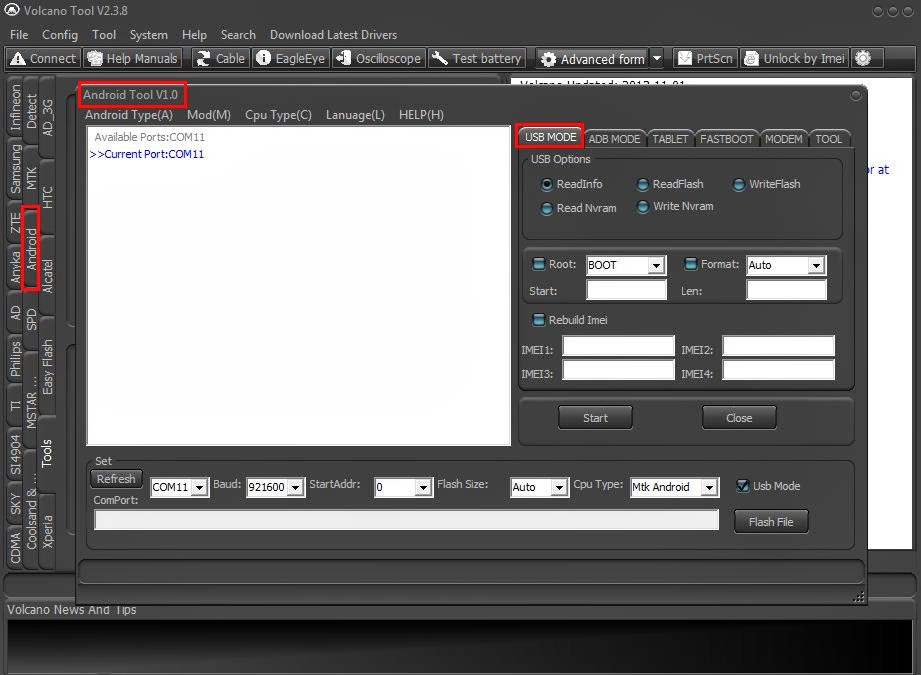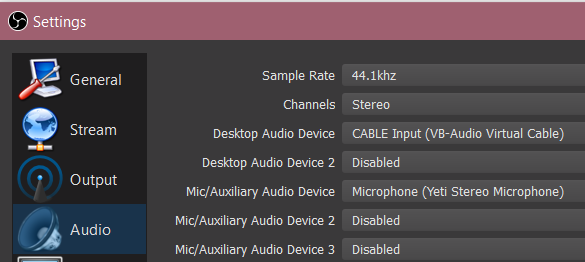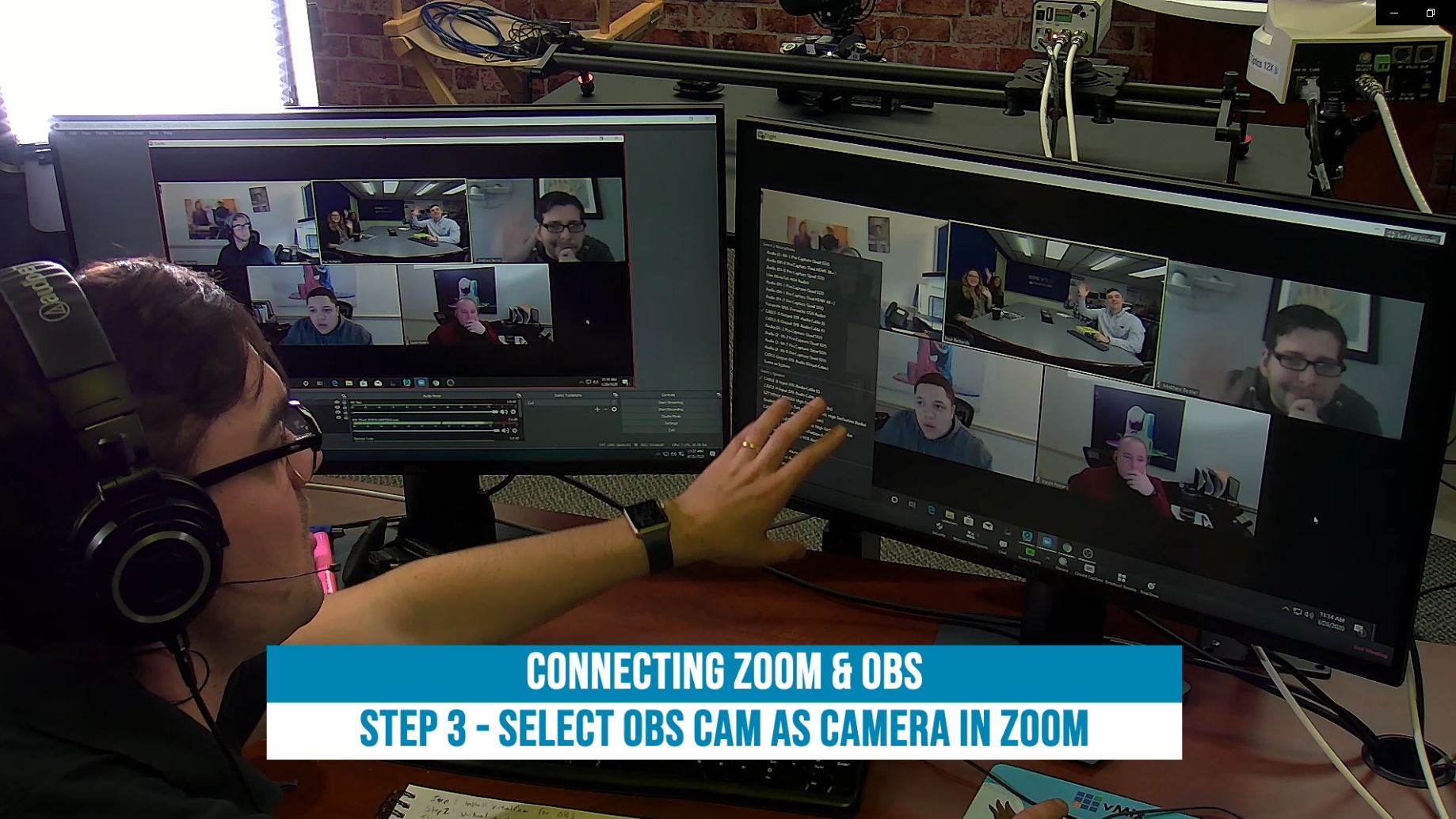


IShowU (Serato DJ Pro 2.5.1 / Lite 1.5.1 or earlier) NOTE: To uninstall the Serato Virtual Audio Device, please navigate to the bottom of this article for further instructions.

Return to Serato DJ Pro, ensure the Make Audio Output Available to Other Applications preference is now checked, then move to the How to set up Live Streaming (OBS) section further below.Click Install, then follow the on-screen prompts, ensuring it's installed correctly:.After clicking Make Audio Output Available to Other Applications, under Setup > Audio, you will be prompted to install Serato Virtual Audio:.Serato Virtual Audio (Serato DJ Pro 2.5.5 / Lite 1.5.5 or later) macOS users on Serato DJ Pro 2.5.1 and earlier will need to continue using iShowU, or upgrade to the latest Serato DJ Pro release, which we strongly recommend. MacOS users can use the Serato Virtual Audio device, which is bundled with Serato DJ Pro 2.5.5 or Lite 1.5.5 and above. In order to set up live streaming with Serato DJ Pro or Lite, you will first need to install a Virtual Audio Device (VAD) on your computer. Installing the Virtual Audio Device (VAD) Making Serato DJ Pro's audio available for other applications.Installing the Virtual Audio Device (VAD).This is done by routing the audio from Serato DJ Pro or Lite to a virtual input device on your computer. You might have already seen it, but take a look at this Zoom Support article for some testing and setup guidance.Ĭome back with any new details and I’ll see what else I can recommend.Serato DJ Pro & Lite's audio output can be made available to other applications to assist in setting up Livestreams. Do you really need it mic to go through OBS? Consider simplifying the audio chain and using it as simple as possible – unless you really need OBS filters or something.Connect the mic straight into Zoom and confirm it works then add the virtual audio in the middle, selecting it in Zoom and pipe the mic into VA - does that work? Remove the mic and play a known sound through OBS - does that work? I’ve fine this with clients many, many times to troubleshoot sound issues – it’s the only way you’ll figure out where the problem is. Try simplifying the chain, and add in one variable item at a time.Mismatched sampling rates will produce garbled sound out.

It you document all of those connections, it’ll be easier to figure out what might need adjusting. It would help troubleshoot if we know the model of mic, how it’s connected (USB, mic input Jack, etc). Make sure everything that can be configured is set the same, such as bit rate, etc.


 0 kommentar(er)
0 kommentar(er)
